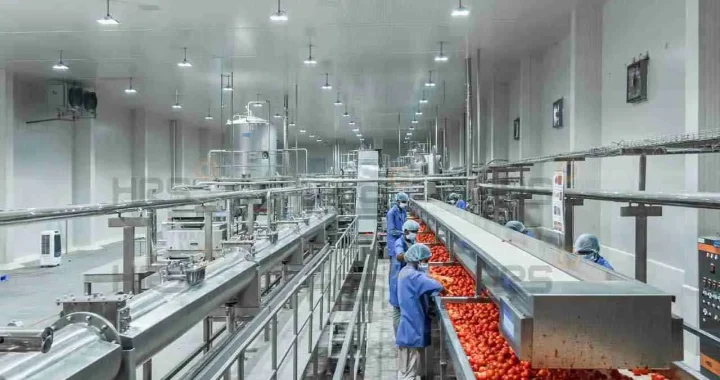
Utilizing The Power Of Metrics To Enhance Restaurant Efficiency And Profitability
In today’s highly competitive restaurant industry, keeping track of key performance indicators (KPIs) is essential. These metrics provide a detailed overview of a restaurant’s financial status and operational effectiveness, enabling managers to make strategic, data-driven decisions. When used effectively, KPIs can drive improvements in both profitability and operational efficiency. Below are the most critical financial and operational metrics that restaurants should monitor.
Financial metrics play a pivotal role in assessing a restaurant’s overall performance. Indicators such as Gross Profit Margin and Net Profit Margin measure cost efficiency and profitability. Analyzing revenue, expenses, and net income helps managers pinpoint financial strengths and weaknesses, enabling better budgeting and cost management.
Operational metrics are equally vital for ensuring smooth daily operations. Metrics like Table Turnover Rate and Inventory Turnover Rate reflect how effectively a restaurant utilizes its resources. A high table turnover during busy hours boosts revenue by accommodating more guests, while effective inventory management helps reduce waste by aligning stock levels with customer demand.
Another essential factor is using technology like third party delivery reconciliation software. This tool streamlines the process of managing delivery transactions, ensuring accurate order tracking and payment processing. By minimizing manual errors, it helps restaurants maintain financial accuracy while focusing on customer service.
Labor-related metrics, including Labor Cost Percentage and Employee Turnover Rate, help control staffing expenses while maintaining service quality. Striking the right balance between labor costs and staff availability ensures smooth operations and exceptional customer service.
Customer experience metrics, such as Customer Satisfaction, Net Promoter Score, and Customer Retention, offer valuable insights into guest perceptions. Happy customers are more likely to return and recommend the restaurant to others, fostering customer loyalty and driving sustainable growth.
Additionally, tracking Food Cost Percentage and Menu Item Popularity guides menu planning and pricing strategies. Identifying the most profitable and popular menu items allows for adjustments that can maximize revenue while catering to customer preferences.
By implementing KPIs effectively, restaurants can gain deeper insights into their operations. This comprehensive approach reduces operating costs, enhances efficiency, and supports long-term success in a fiercely competitive market.





